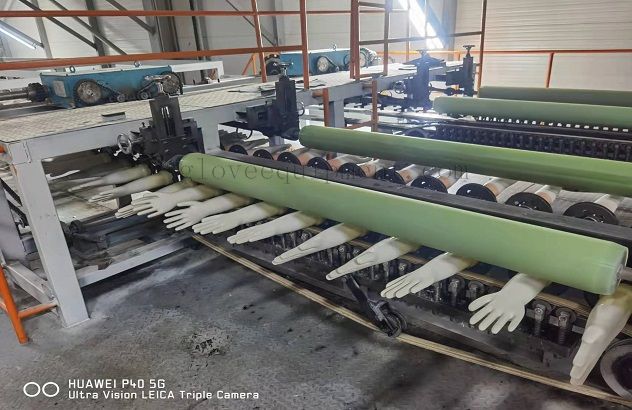What is the purpose of the beading machine?
A beading machine is a specialized tool used in various industries to create a raised or indented edge, known as a bead, on the surface of sheet metal or other materials. This process, called beading, has several important purposes and applications, making the beading machine a valuable asset in metalworking and fabrication processes.
Key Purposes of the Beading Machine:
Strengthening and Reinforcement: Beading is often used to strengthen and reinforce sheet metal or other materials. The raised bead adds rigidity and stiffness to the material, making it more resistant to bending or flexing under mechanical stress.
Aesthetic and Decorative: In some applications, beading serves a decorative purpose. It can add an aesthetically pleasing design element to metal panels, furniture, or architectural features, enhancing the overall appearance of the finished product.
Edge Protection: Beads can act as protective edges, reducing the risk of damage to the material or adjacent components. By adding a rounded or raised edge, the beading machine helps prevent sharp edges that could cause injury during handling.
Sealing and Gasketing: Beading is commonly used in the automotive and aerospace industries to create sealing surfaces for gaskets. The raised bead provides a secure area for gaskets to be placed, ensuring a proper seal between components.

Joining and Assembly: Beads can also be used as alignment features for joining or assembling components. By creating a consistent and controlled edge, the beading machine facilitates accurate alignment during assembly processes.
Forming and Shaping: Beading machines are versatile tools that can be equipped with different dies or rollers to create various bead profiles and shapes. This flexibility allows for customization to meet specific design and engineering requirements.
Increased Surface Area: Beads can increase the surface area of a component, which is useful in applications where improved heat dissipation or contact with other components is necessary.
Applications of Beading Machines:
Automotive and Aerospace Industries: Beading is used in the fabrication of car body panels, aircraft fuselage parts, and other structural components.
HVAC and Ductwork: Beading machines are employed to create rigid and leak-resistant connections in heating, ventilation, and air conditioning systems.
Furniture and Appliances: Beading adds strength and visual appeal to metal furniture pieces and appliance panels.
Sheet Metal Fabrication: Beading machines are widely used in various sheet metal fabrication processes for different industries.
Conclusion:
In summary, the beading machine serves multiple essential purposes in metalworking and fabrication industries. It creates raised or indented edges, known as beads, on sheet metal or other materials to strengthen, reinforce, protect, and enhance the overall functionality and appearance of the components. The ability to customize bead profiles makes the beading machine a versatile tool used in a wide range of applications, from automotive and aerospace to HVAC and furniture manufacturing.



